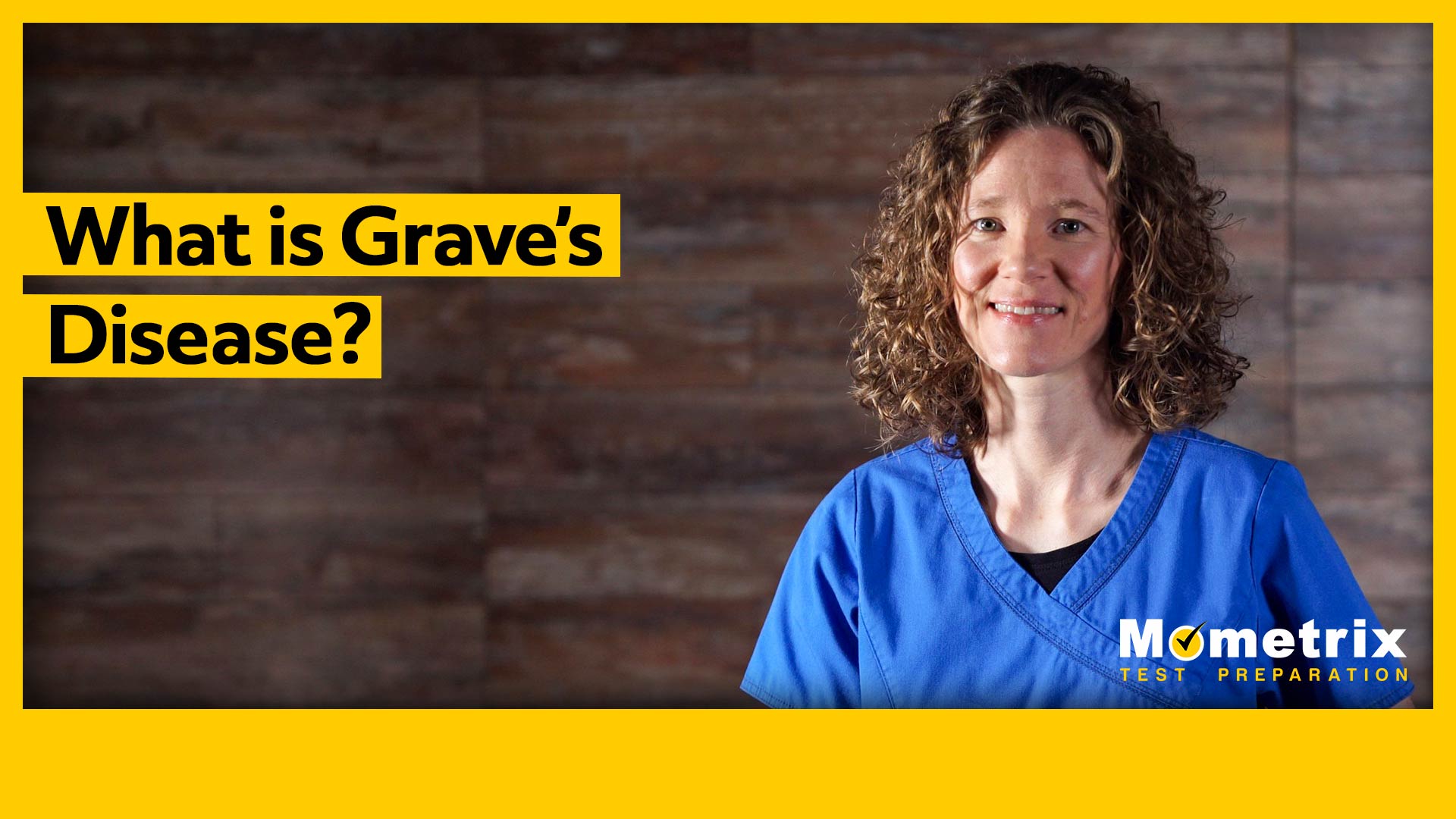
What is Graves’ Disease?
Graves’ disease is an autoimmune disorder that causes the thyroid gland to be overactive, causing hyperthyroidism and an enlarged thyroid.
Its name comes from the Irish physician Robert Graves, who first described the condition in 1835. It is also called Basedow’s disease or thyrotoxicosis. It is more common in women, usually presenting between the ages of 30 and 40.
Hyperthyroidism refers to elevated serum thyroid hormone levels. When thyroid hormone levels are high, the pituitary decreases thyroid-stimulating hormone (TSH) production.
Hyperthyroidism
Hyperthyroidism may be due to several causes -Graves’ disease is the most common cause, accounting for more than 60% of all cases. It is also the most common type of autoimmune disease in the United States.
It is seen more commonly in patients with other autoimmune diseases, such as type 1 diabetes, lupus, rheumatoid arthritis, or Addison’s disease.
These are some signs and symptoms resulting from hyperthyroidism:
- Increased metabolic rate
- Increased activity of the sympathetic nervous system
- Irritability
- Hyperactivity
- Hand tremor
- Hair loss
- Muscle weakness
- Insomnia
- Excessive sweating
- Fast heartbeat
- Heat intolerance
- Diarrhea
- Weight loss despite increased appetite
Specific Characteristics
In addition to the signs and symptoms of hyperthyroidism, Graves’ disease has some specific characteristics:
- Goiter – abnormal enlargement of the thyroid gland that is smooth and diffuse
- Graves’ ophthalmopathy – bulging eyes
- Pretibial myxedema – thickening of skin on the shins
Graves’ Ophthalmopathy
Graves’ ophthalmopathy is specific only to Graves’ disease and is an autoimmune inflammatory disorder that affects the orbit around the eye, seen as upper eyelid retraction, lid lag, edema, redness, conjunctivitis, and bulging eyes (proptosis).
For unknown reasons, eye problems occur much more often and are more severe in patients with Graves’ disease who also smoke cigarettes.
Mild cases are treated with lubricant eye drops or nonsteroidal anti-inflammatory drops. Severe cases are treated with steroids or orbital decompression surgery.
Thyroid Storm
Thyroid storm is a rare, severe manifestation of hyperthyroidism, usually seen in a patient with Graves’ disease. It is a medical emergency manifested by a severe increase in metabolism, usually precipitated by a major stressor such as infection, trauma, or surgery. It can also occur when a patient is inadequately treated or stops taking prescribed therapy.
Signs and symptoms include elevated temperature, increased tachycardia or onset of dysrhythmias, elevated BP, worsening tremors and restlessness, and worsening mental status (delirious or psychotic state or coma).
Patients with thyroid storm are managed in a critical care unit, with focused care on lowering their metabolic rate as fast as possible and managing their cardiovascular status and hyperthermia.
Causes
The exact cause of Graves’ disease is unclear, but it is usually linked to one of the following:
- Some people are more prone to develop TSH receptor activating antibodies, but there is no clear genetic defect found to point to a single gene cause. In other words, some people inherit a problematic immune system in which their blood cells (lymphocytes) make antibodies that bind to the surface of thyroid cells, stimulating those cells to overproduce thyroid hormones.
- Because it is an autoimmune disease that appears suddenly, a viral or bacterial infection may trigger the antibodies that cross-react with the human TSH receptor.
- Some evidence points to stress causing an aggravation of the autoimmune response that leads to Graves’ disease.
Diagnosis
There are several ways to diagnose Graves’ disease:
- First, a blood test can be used to measure thyroid-stimulating hormone (TSH), which will be low, and the amount of thyroid hormone (T4 or T3), which is usually elevated.
- Thyroid stimulating immunoglobulin (TSI) is also tested to verify an obscure diagnosis; it is an autoantibody that mimics TSH by stimulating the thyroid cells to secrete extra hormone and would be positive.
- An ultrasound can be done to define the size and condition of the thyroid gland.
The evidence that the hyperthyroidism is caused by Graves’ disease would be seen as:
- Disease-specific Graves’ ophthalmopathy
- Goiter (enlarged thyroid)
- Family members with thyroid or autoimmune problems
Treatment Options
There are a few treatments for Graves’ disease, including:
- Antithyroid drugs
- Radioactive iodine
- Thyroidectomy
Generally, hyperthyroidism due to Graves’ disease is easily controlled and almost always successful.
Antithyroid Medications
The two commonly used antithyroid medications include methimazole (Tapazole) and propylthiouracil (PTU). These drugs reduce the production of thyroid hormone.
Treatment must be given for 6 months to 2 years to be effective. After cessation of the drug, the hyperthyroid state may recur, or in some cases, the patient may go in remission.
Radioactive Iodine (RAI) Treatment
RAI treatment has the advantage of having a much higher success rate than medications. A major side effect is the development of lifelong hypothyroidism requiring daily treatment with thyroid hormone.
Surgery for hyperthyroidism is usually reserved for one of the following:
- Failure of antithyroid drug therapy
- Failure or contraindication for RAI therapy
- Large goiters that are compressive
- Simultaneous thyroid cancer
Long-Term Outcome
All types of treatment for hyperthyroidism usually lead to the eventual development of hypothyroidism, in which a thyroid hormone tablet is given daily and thyroid function blood tests need to be done annually.
Nursing Care Tips
Here are some nursing care tips when treating a patient with Graves’ disease:
- Reduce metabolic demands and support cardiovascular function.
- Monitor vital signs
- Administer medications as ordered
- Protect eyes during sleep
- Monitor nutrition and weight loss
- Reduce anxiety
- Maintain healthy sleep patterns
Thank you for watching!

